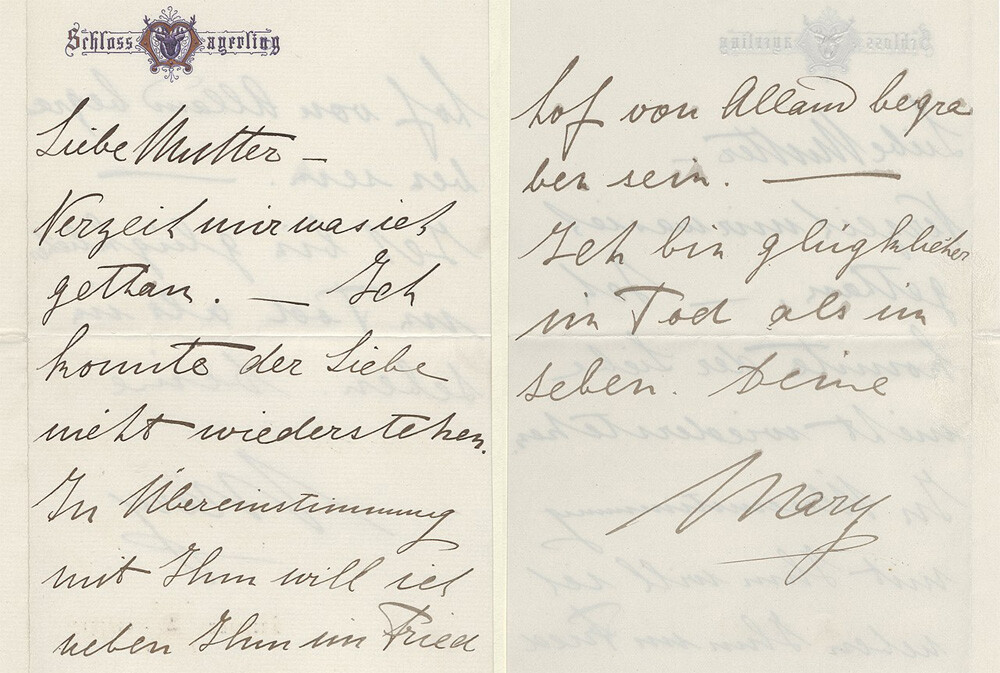5 Kings and Queens Who Were Major Jerks Even By Royal Standards

We get why some people like the idea of royalty. Occasionally, it’s fun to watch celebs in fancy dress. It’s the same reason why some people like watching the Oscars (if you’re watching the Oscars for the awards, sorry, you’re going to be disappointed).
However, royalty should under no circumstances be allowed to rule or make decisions of any kind. When they do, we get nonsense like the following…
When the British Looted a Dog for Her, Queen Victoria Named It Looty
If you visit Beijing, you might tour the Summer Palace, a huge complex of halls and museums going back hundreds of years. Beijing also had an Old Summer Palace. During the Second Opium War in 1860, British troops destroyed it. The place spanned almost a thousand acres, so it took thousands of men several days to reduce the place to ruins, killing hundreds of people in the subsequent fires.
Don't Miss
That was business as usual for the British, as was pillaging the palace of all easily transportable valuables. Let’s focus, though, on one specific bit of looting: Captain John Dunne spotted an unusual dog, which he assumed belonged to the Empress or some other lady (some “small-footed mistress,” reported the Illustrated London News). He nabbed it and brought it home to London. Queen Victoria, delighted by the gift, named the dog “Looty.” Because they had looted it, you see.

Again, we all knew that the Brits were fans of stealing stuff. But we were somehow under the impression that that they didn’t refer to it as stealing. We thought they claimed to be preserving these valuable items, or liberating them, or used some other euphemism that merely secretly means the same as stealing. Victoria, however, took gleeful pride in her dog’s dark origin story.
That breed of dog, by the way, is today known as a “Pekingese.” Because the first one to come to England had been looted from Peking.
King Iddin-Dagan Insisted on Public Sex With a Priestess
You know kings and queens best through rituals. We don’t see them too much in everyday life, but you see their coronations, their funerals and their extravagant royal weddings. King Iddin-Dagan lived four millennia ago in Isin (that’s Iraq today), and historians know him almost exclusively through one well-documented marital ritual.
We said “marital ritual,” not “wedding.” Because this was just a symbolic marriage, which meant he got to do it again and again, every year. The ceremony involved him having sex with a priestess. First she “bathed her loins” for him. Second, she bathed her loins for him again. Third, she bathed with soap (no mention is made of the king bathing). Then, Iddin-Dagan assumed the role of the Sumerian god Dumuzid, saying, “O my holy thighs!” The priestess assumed the role of the goddess Inanna and “made him rejoice with her holy thighs on the bed.”

The ceremony culminated with this sex, and it featured 10 other segments as well. Male prostitutes put on a parade. Next came ladies dancing and drummers drumming (seriously). Priests showed up and cut themselves with swords. Finally, everyone watched the king get off, in the name of promoting a bountiful harvest. It sounds like a bit much, but it did directly increase crop yields. That’s just science.
The Blind King Who Tied Himself to His Other Men
First let’s tell this story the way King John himself would want it told: King John of Bohemia, who lived in the 14th century, lost his eyesight by the age of 40. Despite this, he insisted on fighting valiantly. In 1346, he led some of France’s forces against England in the Battle of Crécy. Both sides fought with bows, and John led a calvary charge, resulting in his glorious death in battle.

Just one thing we need to add. Since he was blind, John couldn’t direct his own horse, much less direct everyone else as well. And so, he asked the men on either side of him to tie their horses together, with him in the middle. They obeyed, since he was the king. Sadly, this is not the ideal way to ride, as not all charges are as organized as the ones in Middle-earth. Thanks to their horses getting tied up, all the other riders were unseated and died. They are now in Valhalla, or whatever the Christian equivalent of that is.
The Prince Who Killed His Mistress and Himself
Rudolf, Crown Prince of Austria killed himself on January 30, 1889. A few hours before turning the revolver on himself, he first killed his mistress, Baroness Mary Vetsera. Then he left her body there so people would find her naked next to him.
Official word says this was a suicide pact. Each of them sent letters announcing their plans to die. But these letters offer very little information, and Vetsera’s was so short that we can quote it here in full: “Forgive me for what I have done. I could not resist my love. In agreement with him I desire to be buried beside him at Alland. I am happier in death than in life.” Whether or not she was cool with this, we don’t think law or religion generally say 17-year-old mistresses ought consent to murder-suicides.

via Wiki Commons
Why did Rudolf pick up that gun? No one knows. He had no obvious problems right before his death (fewer problems, in fact, than you might expect anyone who works in politics to have). He showed no changes in behavior that gave anyone clues in hindsight. Theorists have suggested something scandalous or forbidden about his sleeping with Vetsera, if it led them to choose to die together, but it appeared to be an unremarkable affair, one of many extramarital relationships in which Rudolf freely indulged.
What we do know is that Rudolf’s death threw the royal succession into disarray. This led Franz Ferdinand to become heir to the throne, which led to the assassination of Franz Ferdinand, which led to a bit of trouble shortly afterward.
A Maharaja Killed 300 Tree Huggers
In 1730, Abhai Singh of Marwar in India wanted a new palace. This meant he needed wood, and the forest around the nearby village of Jehnad would seem to provide it.

via Wiki Commons
The villagers, however, said, “Hold up.” They couldn’t let anyone cut down these Khejri trees, which were sacred to the Bishnoi sect. Now, you’ve surely heard many fictional stories about sacred trees, which are a stand-in for environmentalism in general or for land ownership, but this is a true story about literal sacred trees. And the protesters, led by a woman named Amrita Devi, were literal tree huggers: They hugged the trees to keep the men from cutting them. But the men simply beheaded the huggers and then cut the trees down. “A chopped head is cheaper than a chopped tree” is said to be the last thing Devi said.
Now other protesters came from neighboring villages to hug the trees. Abhai Singh’s men killed them too. When the lumberjacks pointed out that it seemed like only old people were sacrificing themselves, younger people took up the hugging, and the men just sawed right through them as well. They killed 363 villagers this way. September 11th is currently a day of remembrance in India, not for 9/11 but because it’s National Forest Martyrs Day, the anniversary of the Khejarli massacre.

Abhai Singh lived another 20 years, getting into unrelated battles and dying in an unremarkable way. That’s how you know this isn’t one of those fictional fables you’ve heard. If it were, the villagers would have risen up, and it would all end with Abhai Singh dying by being impaled by a sentient tree.
Follow Ryan Menezes on Twitter for more stuff no one should see.